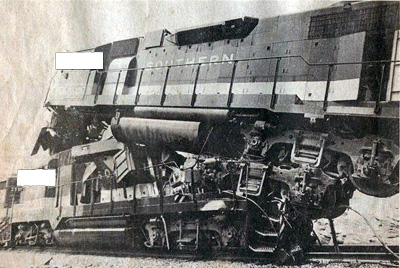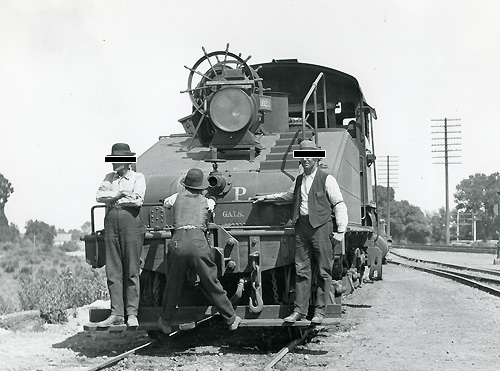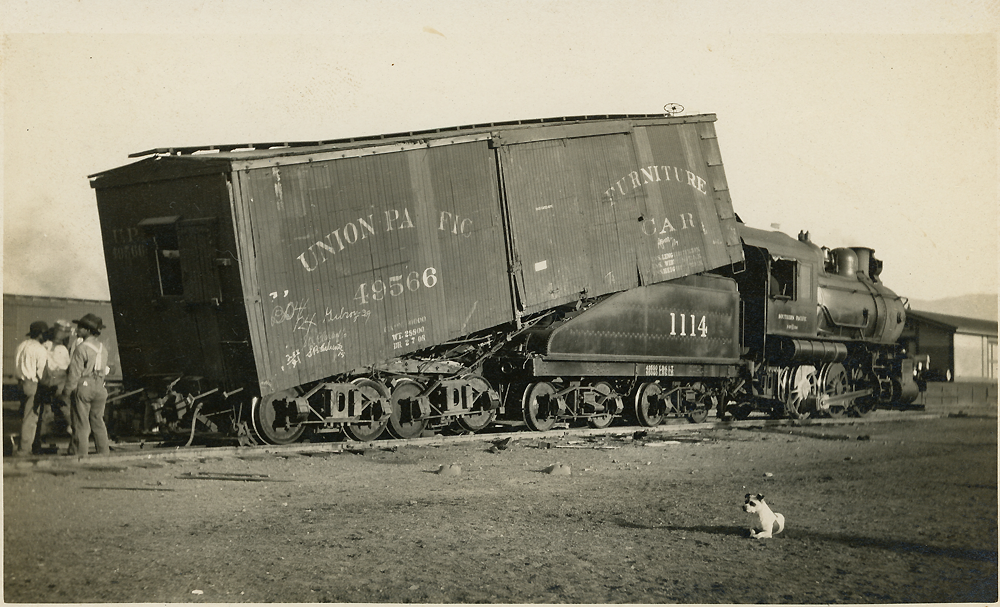Hump Engines and Humping - further elucidation

Awhile back, Wx4 presented a list of professional railroad terms, which were accompanied by helpful explanatory photos. Several readers have since commented that one term on the list could use further clarification. By coincidenec, they all are middle-aged men who still live with their mothers.
Consequently we feel behooved to pictorially further explain what a hump engine is, and what a hump crew does. Hopefully this will help, gentlemen.

Brighton Tower, Sacramento 1914; SP photo from the collection of a fellow who probably does not want
to be identified; ibid for the guy who forwarded the photo (for a 'larger, 'clean' version, click on image)
Hump Engines and Crews - yet further elucidation
Stay with me, here:
Back in 1984, I moved from San Jose to Dunsmuir, California. SP had hired me out of the trainmen's ranks to 'go firing' on the Shasta seniority district, and as it turned out, I was the last fireman ever hired on what had formerly been the Shasta Division.
To accomplish the move, I loaded most of my family's worldly goods into a company-provided boxcar at the College Park Yard team track next to the piggyback ramp - today the location of a Trader Joe's market - for the journey northward to an eventual unloading spot at the south end of the now defunct McCloud River Railroad main track in Mount Shasta.
Knowing full-well that the car would roll over the Roseville hump if I didn't take precautions, I placed 'DO NOT HUMP' placards on the car's ends and sides. I could envision the contents arriving in a shattered heap at one end of the box. Yep, you guessed it - the placards did no good, but fortunately the heap's contents largely arrived intact.
During the process of offloading, I placed the placard shown at right into the rear window of my pickup truck as a memento and forgot about it.
A few days later, my wife had an occasion to use pickup to run to the grocery store. She returned red-faced and put-out. It seems that the off-color innuendo suggested by that sign in the window behind the pretty young gal was WAY too much for the local boys to pass up without a honk and wolf whistle. When she returned home, she darn near poked my eye out as she flung the offending sign at me, but that only caused my laughter to quickly advance into a state of prolonged hyperventilation.
| That evening, I found the sign resting on my pillow outside the bedroom door. Wives always get the last laugh. - E.O. |
|
xxxxxxxxxxxxxxxxxxxxxxxxxxx
fantail

Recently a fellow from SoCal wrote us about the 1914 photo further up this page of switchmen performing hump duties on a loco tender. He referred to it as a "slope-back tender", which is clearly wrong for SP parlance; a description more appropriate for use by railroader modelers of those "other", lesser roads (you know which ones we mean). Let us be clear here: SP enginemen referred to locos so equipped as "fantails", a term that sings as it rolls off ones lips - in comparison to the pathetic awkwardness of "slope-back tender". In the photo here we see an early 20th Century fantail engaged in typical duties of the era, overseen by a yard dog most certainly named Bob.